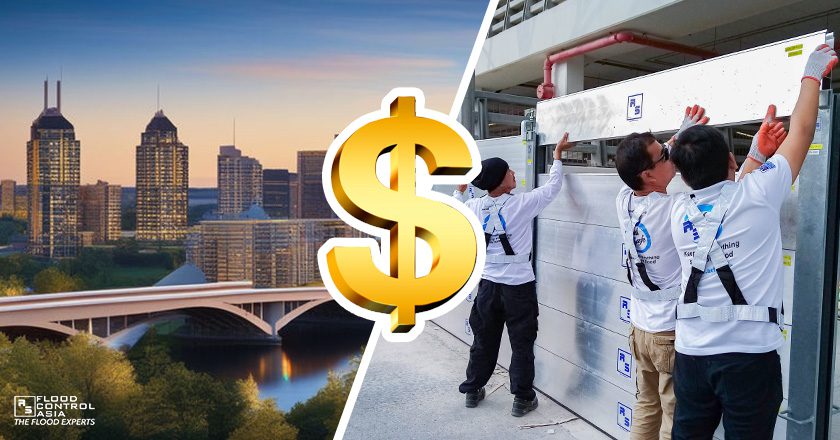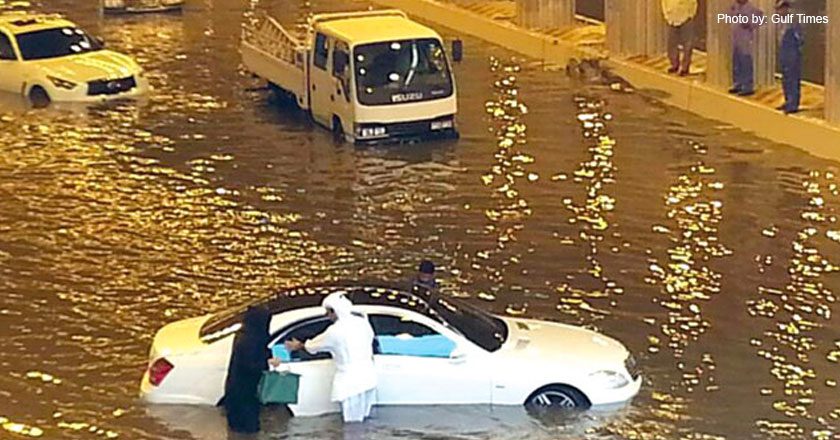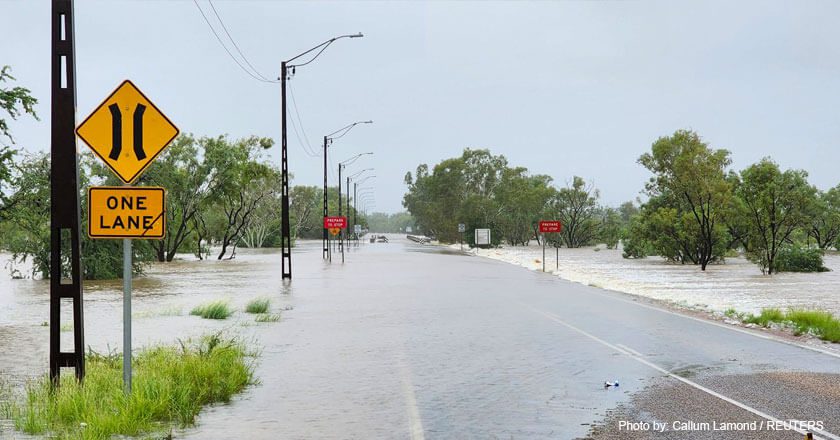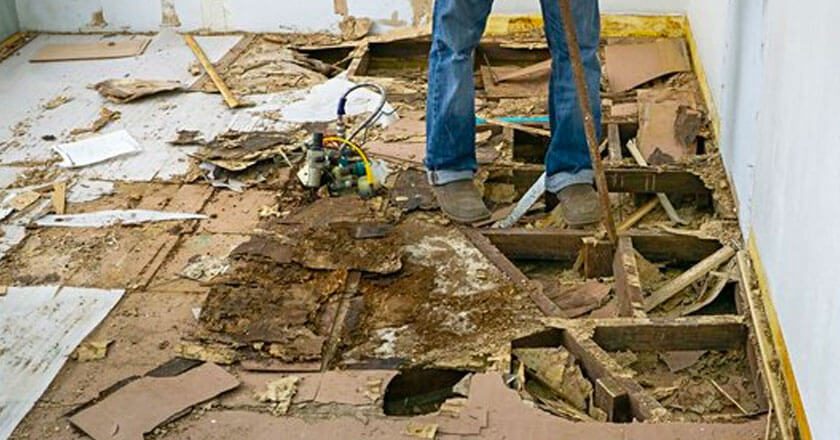Here’s Why you Shouldn’t Think Twice about Getting an Engineering Assessment
August 17, 2021 | Created by: Andreas Klippe | Comments
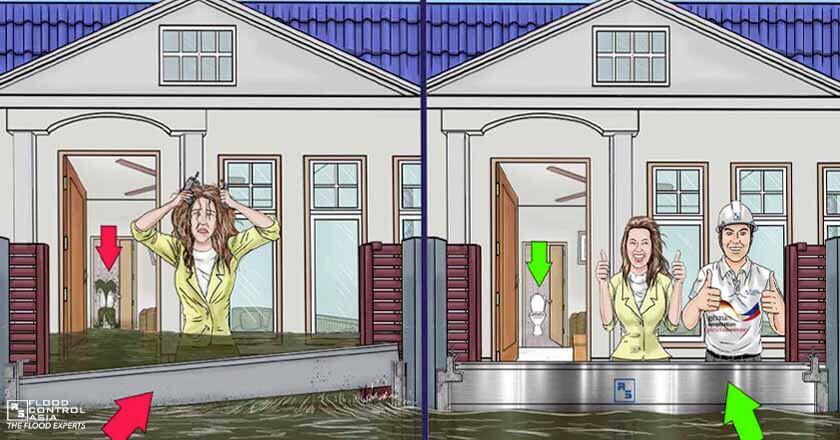
Do your flood protection barriers work well? Do they make you feel safe? If not, you might have missed getting an Engineering Assessment, which can ensure a very satisfying operation of your barrier.
How does Engineering Assessment do that? You could answer that yourself as we go into details.
How Is Engineering Assessment Done?
Before anything else, it is necessary to know that an Engineering Assessment is performed by Professional Engineers — by the FLOOD EXPERTS. Take note that not anyone can do this assessment properly but an expert who has broad and deep competence in terms of knowledge, skill, and experience.
These Flood Experts assess and evaluate the current situation of facilities and provide flood control solutions by following three steps: 1) preparatory works, 2) on-site data collection, and 3) off-site data analysis.
1 – Preparatory Works

Before engineers visit and inspect the site, they first do the following in preparation for a smooth and effective Engineering Assessment:
- Collect related site development plans, which show the general layout of the site.
- Conduct a study on the physical features of the facility’s land area.
- Identify the facility operation approach, specifically the day-to-day operation and maintenance or improvement schedule.
- Identify the total number of manpower in the clients’ property. This is done to determine whether the facility should have manual or automatic flood barriers.
- Review the facility’s flooding history, especially the severity of flooding it has experienced.
2- On-site Data Collection
After completing all preparations, it is time for the major part of the Engineering Assessment — the on-site data collection. Certainly, Engineers may now visit the facility to gather data on:
- possible water ingress,
- weak structures,
- measurements of the locations where flood control elements shall be installed,
- and where improvements of existing construction shall be done.
To collect all these on-site, engineers carry out the following (in no particular order).
1. VERIFY IF THE SITE DEVELOPMENT PLAN IS ACCURATE.
There might have been some design changes in one building that were not documented, so it’s important to check that out.

2. ASSESS THE WHOLE ELEVATION OF THE FACILITY’S FINISHED FLOOR LINE BASED ON THE MEAN SEA LEVEL.
The floor level of one part of a building may be different from the others. When the whole elevation is thoroughly checked, the level of floodwaters that enters the building is properly determined.

3. INSPECT THE ENTIRE FACILITY’S PERIMETER FENCE.
Engineers check if floodwaters could make their way into the building or if fences can withstand the water pressure. In other words, in this process, engineers check for water ingress and structural strength.

4. INSPECT THE OPEN AREAS WITHIN THE FACILITY.
They also check whether these areas (e.g. parking lots) could become catch basins or could be sources of flooding.

5. INSPECT THE BUILDING’S PERIMETER FOR WATER INGRESS AND STRUCTURAL STRENGTH.
But this time, it is the building we are referring to, not the fence of the building.

6. ASSESS THE CURRENT DRAINAGE SYSTEM.
Engineers check whether or not the drainage has the capacity to absorb massive amounts of floodwater or wastewater.

7. CHECK IF THE SITE’S LOCATION OR THE SURROUNDING AREAS CAN CAUSE FLOODING.
If the site is in a low-lying area or a coastal area, all the more reason flooding may occur then.

3 – Off-site Data Analysis
After all the necessary inspections have been performed on-site, engineers may now off-site analyze the data they have gathered. Through this analysis, they will be able to identify the facility’s flooding issues, and then they will come up with flood control solutions.
During the off-site analysis, the engineers will also create a list of civil works. These civil works will depend on the proposed flood control solution.

After which, they will also list down the possible repercussions when the proposed solution has been installed.
Hence, off-site data analysis will help you minimize your investment and maximize your protection against flooding!
Engineering Assessment First
Installing a flood barrier that did not undergo Engineering Assessment is like accepting that your flood solution might fail anytime. You will also be accepting the fact that you have to spend a lot of money on maintenance.
If you have some uncertainty, relieve it now by letting an engineer evaluate your facility. Start with Engineering Assessment.
Installing a flood barrier that did not undergo Engineering Assessment is like accepting that your flood solution might fail anytime.
Less worries, less effort, less spending, UTMOST FLOOD PROTECTION!
It is possible to know if your property is prone to flooding. Click the “TAKE THE QUIZ” button to learn about your flood risk level.
Then, let the Flood Experts help you with your flood protection. Just click the “BOOK A MEETING FOR FREE” button to have a conversation with one of them.



